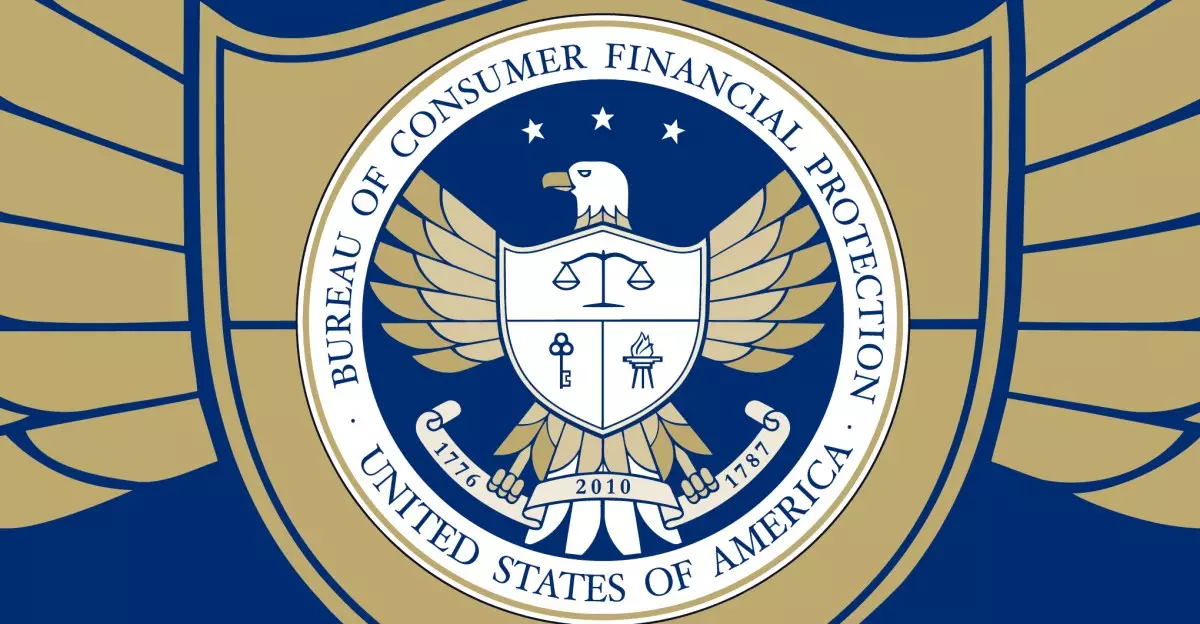In an unexpected turn of events, the Consumer Financial Protection Bureau (CFPB) has found itself amidst a whirlwind of reinstatement and uncertainty. Following a judge’s ruling that deemed the termination of several employees illegal, the agency has begun bringing back approximately 70 probationary workers. However, the reality for these reinstated employees is far from straightforward. Despite receiving notices declaring their return, many of these workers face an unsettling situation where they are placed on administrative leave but with assured backpay. This disconnect between the reinstatement and the actual ability to work reveals significant flaws in the agency’s operational structure and management.
The situation is somewhat reflective of the broader challenges faced within government agencies in response to political shifts. The CFPB, originally established to protect consumer rights, has been subject to intense scrutiny and aggressive restructuring efforts. With a pending court ruling demanding the reinstatement of affected employees, it appears that a hasty response is evident from the administration, raising concerns about the real motivations behind such maneuvers.
The Uncertainty of Administrative Leave
What does it mean for employees to be reinstated yet remain on administrative leave? The duality of their situation is perplexing – they can claim back their pay without being physically returned to their roles. Such ambiguity not only breeds frustration but also casts a shadow on the morale of reinstated employees. According to reports, some employees are still waiting to receive their laptops and access to essential systems that are crucial for their work. This reflects a larger organizational issue within the CFPB: a lack of clear communication and processes to handle reinstatement efficiently.
The letters communicated to the reinstated employees, while affirming their compensation and restoration of job titles, fail to provide a concrete plan outlining how they will reintegrate into their work environment. Instead, they are left in limbo, entangled in bureaucratic red tape. This situation raises the question: is the CFPB truly interested in the welfare of its employees, or is this merely a reactive response to legal pressures?
The Broader Implications for Employment Policies
The case of the CFPB extends beyond internal affairs; it highlights much larger questions regarding employment practices within government agencies and the rights of workers against abrupt terminations. In testimony before federal court, acting chief human capital officer Adam Martinez characterized the new leadership as “more measured,” giving a semblance of hope to a beleaguered workforce. However, the chilling details of mass firings and threats to the agency’s existence linger in the collective memory of the staff. Statements indicating plans to downsize the bureau by a significant margin reveal an unsettling reality where job security becomes precarious based on shifting political tides.
Moreover, the union representing the CFPB employees is raising alarms about the implications of these mass terminations. There’s fear that the strategic dismantling of the agency is part of a broader agenda to undermine consumer protections. The anxiety permeating the agency is palpable, and while some employees express gratitude for their reinstatement, the overwhelming emotions are likely resentment and distrust towards the motives of their leadership.
Looking Forward: An Ethical Dilemma
The ongoing saga at the CFPB forces a critical examination of ethical governance and employee rights. It’s essential that the agency not only complies with court orders but also strives to rebuild trust with its workforce. The reinstated employees deserve more than vague reassurances and promises of backpay; they need a clear path to returning to work that includes necessary resources and a supportive environment as they acclimate back into their roles.
As we witness the unfolding developments at the CFPB, it becomes imperative for government entities to reevaluate their internal policies governing employment and ethics in light of legal scrutiny. While the reinstatement of affected employees may signal progress, the complexities of their current circumstances offer a stark reminder of the fragility of job security in the face of government restructuring. It is here that leaders must cultivate transparent communication, prioritize their employees’ welfare, and foster an ethical workplace culture that champions advocacy for the rights of all workers.

